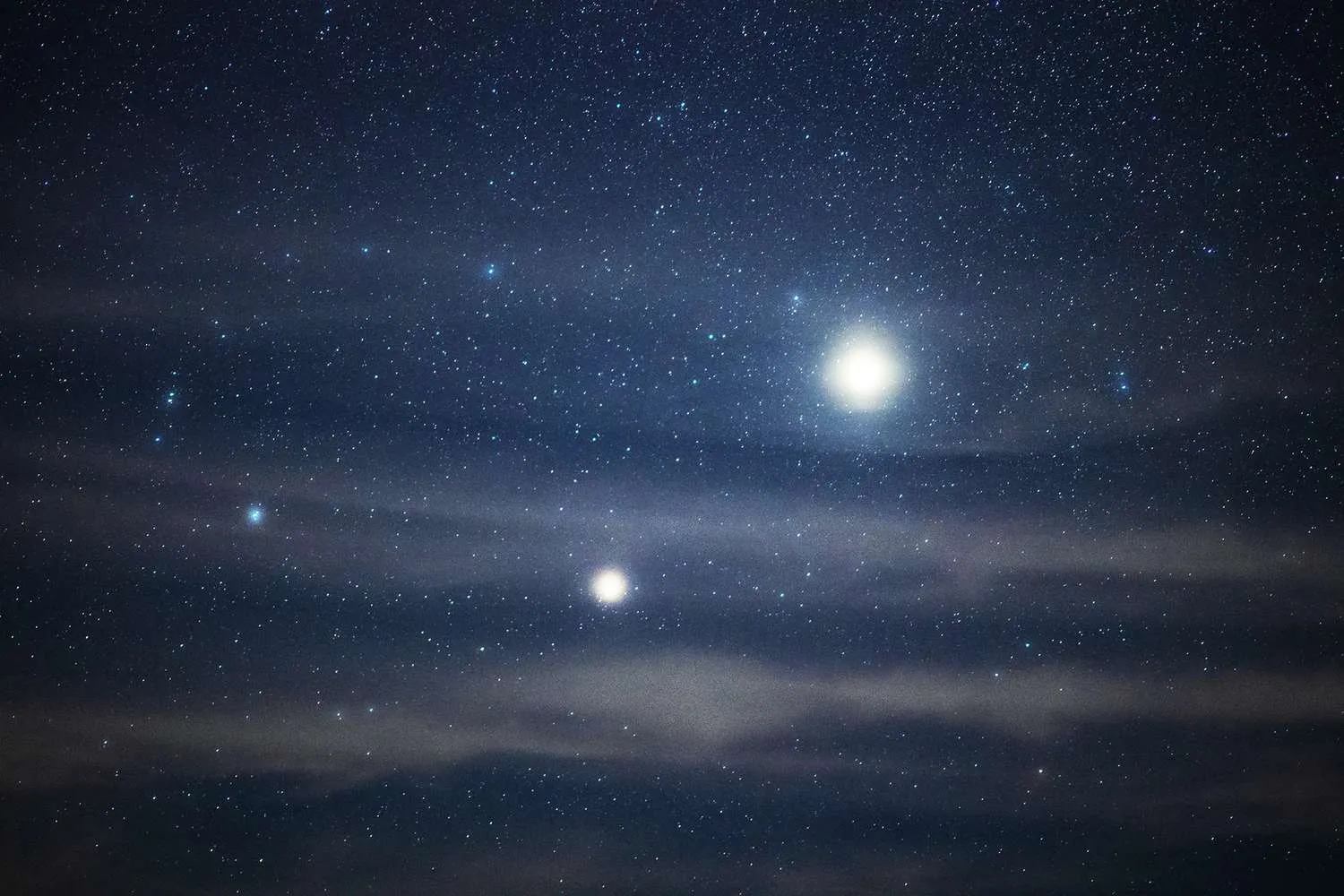
March promises captivating celestial events! Get ready for stunning Planet Sightings, with Venus and Jupiter shining brightly. Keep an eye out for a potential Uptick in Aurora Activity, thanks to increased solar flares. Don't miss the chance to witness the Night Sky come alive with cosmic wonders. Plan your Stargazing adventures now for optimal viewing opportunities.
March promises celestial delights for stargazers, offering a captivating blend of planet sightings, increased aurora activity, and other fascinating astronomical phenomena. Whether you're a seasoned astronomer or a curious beginner, March's night sky has something to offer everyone. Prepare to be amazed as we explore the wonders awaiting you above.
Planet Spotting: A Celestial Dance
March presents excellent opportunities to observe several planets, offering a unique chance to witness the solar system's architecture. The key is knowing when and where to look. Here's a breakdown of what to expect:
Venus: The dazzling "Morning Star" will be prominent in the eastern sky before sunrise. Its brilliance makes it easy to spot, even in light-polluted areas.
Mars: Continue tracking Mars in the evening sky, although its brightness is diminishing. Look for it in the constellation Taurus.
Jupiter: Similar to Mars, Jupiter is visible in the early evening, but also fading in brightness.
Saturn: Saturn starts to appear in the morning sky, becoming increasingly visible towards the end of the month.
To aid your planet-spotting endeavors, consider using a sky map or astronomy app. These tools can provide real-time information about planet positions and help you identify them with ease.
Aurora Borealis: A Chance for Northern Lights
The aurora borealis, also known as the Northern Lights, might put on a show in March. Increased solar activity can lead to more frequent and intense auroral displays. While predicting auroras is not an exact science, keeping an eye on space weather forecasts can significantly improve your chances of witnessing this breathtaking phenomenon.
Several factors influence the visibility of the aurora: solar flares, coronal mass ejections (CMEs), and the strength of the Earth's magnetic field. When CMEs impact Earth's magnetosphere, they can trigger geomagnetic storms that result in spectacular auroral displays.
To maximize your chances of seeing the aurora, choose a location with dark skies, away from city lights. The farther north you are, the better your odds. Monitor websites that track aurora activity and heed any alerts for potential displays.
March Sky Events: A Monthly Overview
Here's a summary of key events in March's night sky:
Date |
Event |
Description |
Viewing Tips |
|---|
Early March |
Venus at Peak Brightness |
Venus reaches its greatest illuminated extent, appearing exceptionally bright in the morning sky. |
Look east before sunrise for the brilliant "Morning Star." |
Mid-March |
New Moon |
A new moon provides the darkest skies, ideal for stargazing and spotting faint objects. |
Use binoculars or a telescope to explore the Milky Way. |
March Equinox |
Equal Day and Night |
Marks the start of astronomical spring in the Northern Hemisphere. |
A good time to reflect on the changing seasons and appreciate the balance of nature. |
Late March |
Possible Aurora Display |
Increased solar activity may lead to auroral displays. |
Monitor space weather forecasts and head to dark sky locations. |
Tips for Enhancing Your Stargazing Experience
To make the most of your March night sky observations, consider these helpful tips:
Find a dark location: Escape the city lights and venture into areas with minimal light pollution. Dark skies reveal more stars and fainter celestial objects.
Acclimatize your eyes: Allow your eyes at least 20 minutes to adjust to the darkness. Avoid looking at bright lights, such as your phone screen.
Use binoculars or a telescope: These tools can significantly enhance your viewing experience, allowing you to see more details and fainter objects.
Dress warmly: Evenings in March can be chilly, so dress in layers to stay comfortable.
Use a red flashlight: Red light preserves your night vision better than white light. A red flashlight is essential for navigating in the dark and reading sky maps.
Learn the constellations: Familiarize yourself with the constellations to help you locate planets and other celestial objects.
Beyond the Naked Eye: Exploring with Technology
While observing with the naked eye is a rewarding experience, technology can enhance your understanding and appreciation of the night sky.
Astronomy Apps: Numerous astronomy apps are available for smartphones and tablets. These apps can provide real-time information about the positions of planets, stars, and other celestial objects. They can also help you identify constellations and learn about astronomical events.
Online Resources: Websites and online forums dedicated to astronomy offer a wealth of information, including sky charts, articles, and discussions. These resources can help you stay up-to-date on the latest astronomical events and connect with other stargazers.
March's night sky is filled with wonders waiting to be discovered. With a little planning and preparation, you can witness the beauty of planet sightings, potentially catch a glimpse of the aurora borealis, and deepen your appreciation for the vastness and complexity of the universe. So, step outside, look up, and embrace the celestial spectacle!


















